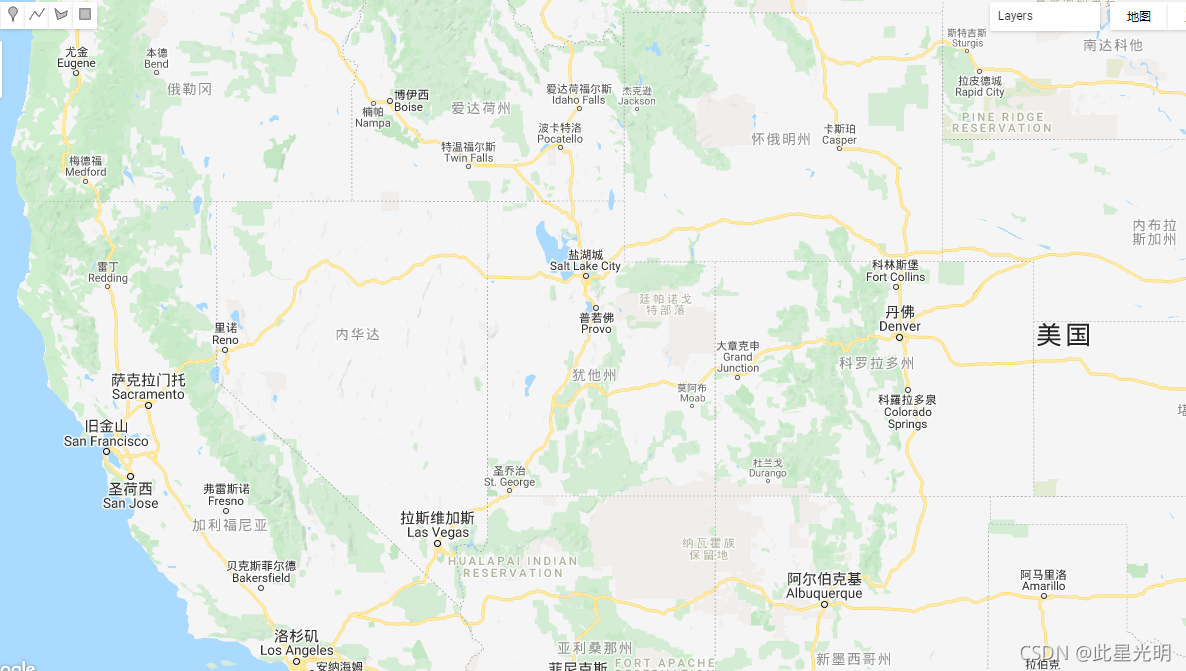Google Earth Engine ——数据全解析专辑(Global ALOS Topographic Diversity)地形密度270m分辨率 (ERGo) 数据集
Google Earth Engine ——数据全解析专辑(Global ALOS Topographic Diversity)地形密度270m分辨率 (ERGo) 数据集

Topographic diversity (D) is a surrogate variable that represents the variety of temperature and moisture conditions available to species as local habitats. It expresses the logic that a higher variety of topo-climate niches should support higher diversity (especially plant) and support species persistence given climatic change.
To calculate D, the multi-scale Topographic Position Index (mTPI), being a dominant control of soil moisture (T), was used for measuring hillslope position. The mTPI was combined with the square-root transform for mTPI>0 (T’) and with the standard deviation of the Continuous Heat-Insolation Load Index (CHILI), calculated at multiple scales (C’) as: D = 1 – ((1-T’) * (1-C’). It is based on the 30m "AVE" band of JAXA's ALOS DEM (available in EE as JAXA/ALOS/AW3D30_V1_1).
The Conservation Science Partners (CSP) Ecologically Relevant Geomorphology (ERGo) Datasets, Landforms and Physiography contain detailed, multi-scale data on landforms and physiographic (aka land facet) patterns. Although there are many potential uses of these data, the original purpose for these data was to develop an ecologically relevant classification and map of landforms and physiographic classes that are suitable for climate adaptation planning. Because there is large uncertainty associated with future climate conditions and even more uncertainty around ecological responses, providing information about what is unlikely to change offers a strong foundation for managers to build robust climate adaptation plans. The quantification of these features of the landscape is sensitive to the resolution, so we provide the highest resolution possible given the extent and characteristics of a given index.
地形多样性 (D) 是一个替代变量,代表作为当地栖息地的物种可用的温度和湿度条件的多样性。它表达的逻辑是,在气候变化的情况下,更多种类的地形气候生态位应该支持更高的多样性(尤其是植物)并支持物种的持久性。
为了计算 D,多尺度地形位置指数 (mTPI) 是土壤水分 (T) 的主要控制因素,用于测量山坡位置。 mTPI 与 mTPI>0 (T') 的平方根变换以及连续热绝缘负荷指数 (CHILI) 的标准偏差相结合,在多个尺度 (C') 下计算为:D = 1 – ( (1-T') * (1-C'). 它基于 JAXA 的 ALOS DEM(在 EE 中作为 JAXA/ALOS/AW3D30_V1_1 可用)的 30m "AVE" 波段。
保护科学合作伙伴 (CSP) 生态相关地貌学 (ERGo) 数据集、地貌和地貌包含有关地貌和地貌(又名土地面)模式的详细的多尺度数据。尽管这些数据有许多潜在用途,但这些数据的最初目的是开发适合气候适应规划的地貌和地貌类别的生态相关分类和地图。由于未来气候条件存在很大的不确定性,生态响应的不确定性甚至更大,因此提供有关不太可能发生变化的信息为管理者制定稳健的气候适应计划提供了坚实的基础。景观的这些特征的量化对分辨率很敏感,因此在给定指数的范围和特征的情况下,我们提供可能的最高分辨率。Dataset Availability
2006-01-24T00:00:00 - 2011-05-13T00:00:00
Dataset Provider
Collection Snippet
ee.Image("CSP/ERGo/1_0/Global/ALOS_topoDiversity")
Resolution
270 meters
Bands Table
Name | Description | Min* | Max* |
|---|---|---|---|
constant | ALOS-derived topographic diversity | 0 | 1 |
* = Values are estimated
代码:
var dataset = ee.Image('CSP/ERGo/1_0/Global/ALOS_topoDiversity');
var alosTopographicDiversity = dataset.select('constant');
var alosTopographicDiversityVis = {
min: 0.0,
max: 1.0,
};
Map.setCenter(-111.313, 39.724, 6);
Map.addLayer(
alosTopographicDiversity, alosTopographicDiversityVis,
'ALOS Topographic Diversity');


